We are NOT The Enemy
Violence & Retaliation Against Journalists
September 18, 2018
We’ve been hearing this almost every day: “The media is the enemy of the American people”.
When President Donald Trump took office, one of the things he started doing was to attack the media for reporting “false news” on his presidential duties, and his moves. He hated how some journalists asked him questions, and all the journalists wanted was information from his point of view.
“I just cannot state strongly enough how totally dishonest much of the media is,” Trump tweeted on August 30th, “Truth doesn’t matter to them, they only have their hatred & agenda.”
With that being said, after he banned several news media outlets at one point from his news conferences, media outlets from all over the country began to protest that “[we] are NOT the enemy”.
The job of a Journalist is to inform the public. Because of the recent violence against them, it is also deemed to be one of the most dangerous. So far in 2018 alone, there are 47 journalists, reporters, and media workers combined killed all over the world, according to the Committee to Protect Journalists.
With the June 28 shooting of the Capital Gazette in Annapolis, Maryland, which resulted in five deaths and two injuries, as well as the recent violent events around the world involving Journalists, the media remains on edge. All they were trying to do was to inform, not to harm. To speak, not to silence.
Why are individuals retaliating against journalism? Without journalism, who will inform the public of the happenings?
The violence and the retaliation against the media is no surprise. In fact, according to an article on the History Channel’s website, violence against the media dates to the 19th Century. Slavery was still a thing back then. Editorials and commentaries would be published by local newspapers regarding slavery. As a result, riots would form. The main target? Editors.
It’s no surprise that in the era of technology, where social media is the norm these days, there is no way we can escape from information that is being passed around like wildfire. This is where the term “fake news” becomes a lot more common than we realize. We tend to believe almost anything on the internet. Tweets and Facebook posts are seen first by most people, especially in this current generation. However, not many of these tweets or posts are credible enough, especially websites that are famous for writing out false stories that seem believable. It is the job of the journalists to find out whether these posts are the truth, or fabricated.
On behalf of the many communication, media, and journalism majors, we want to say that we mean no harm when it comes to informing the public. Without the thousands of school newspapers from all over the country that currently exist (especially our own Egalitarian), we wouldn’t be able to bring you the latest of our campus, and community. All we want to do is to spread the truth. Not “fake news”. We would do anything to bring you the latest happenings in the world.

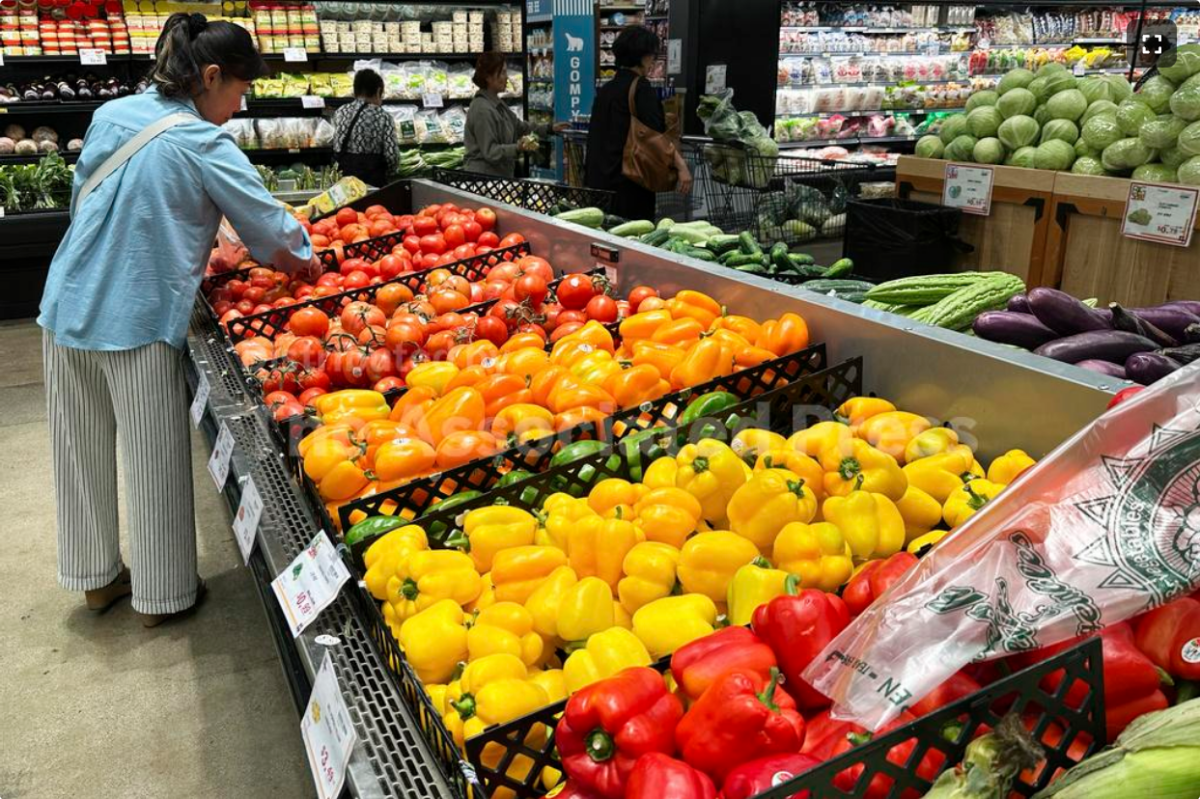


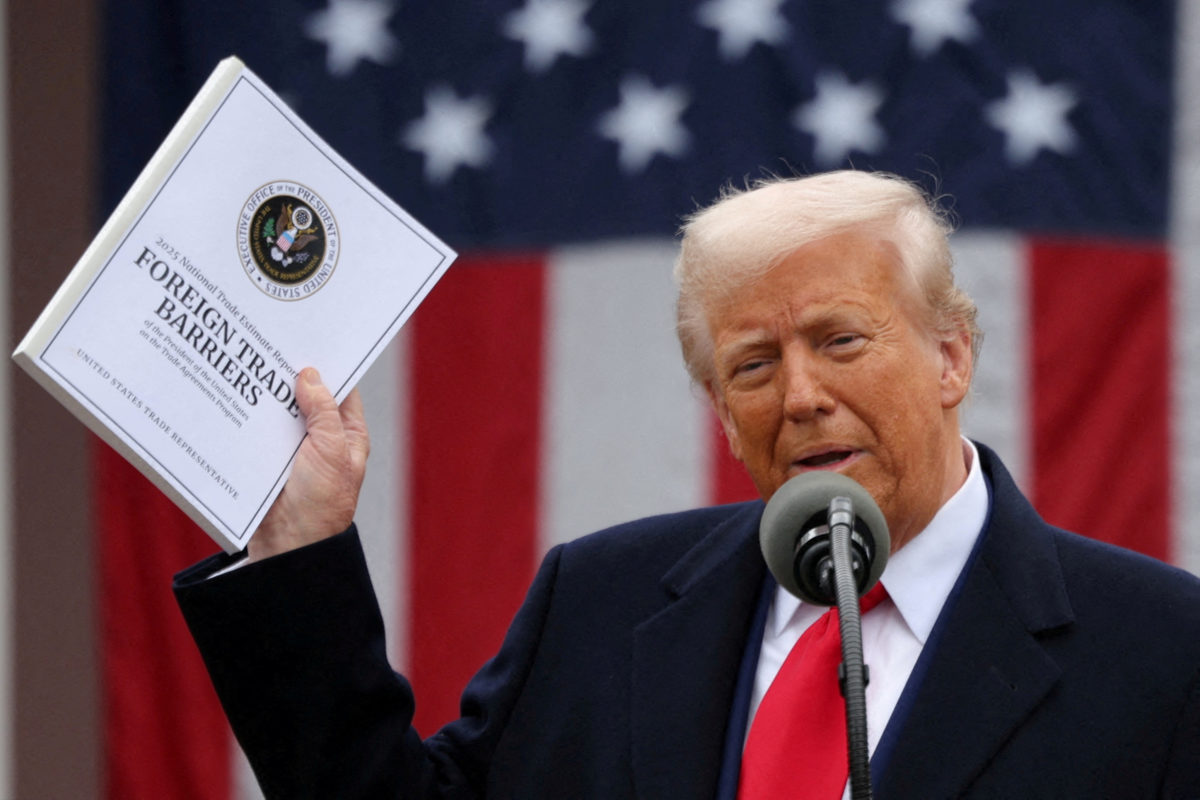

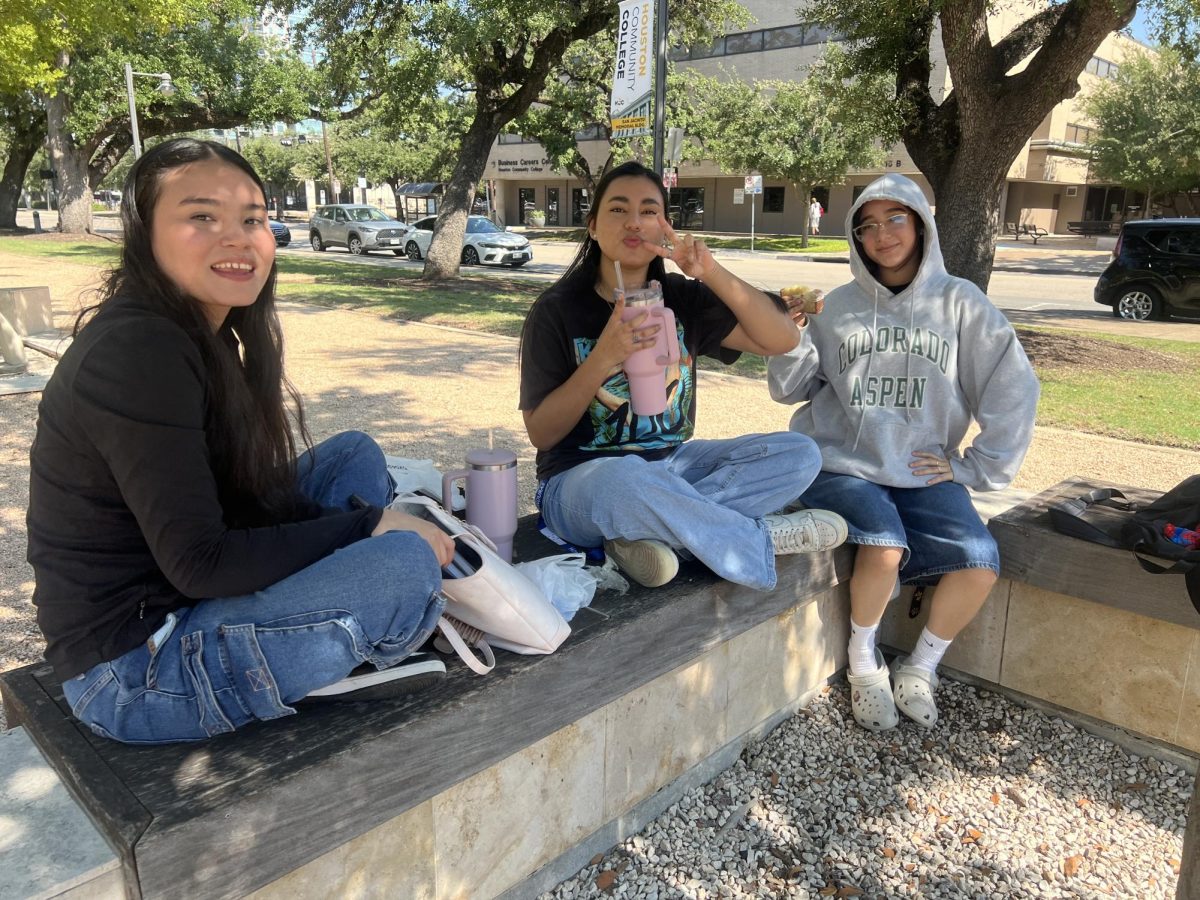











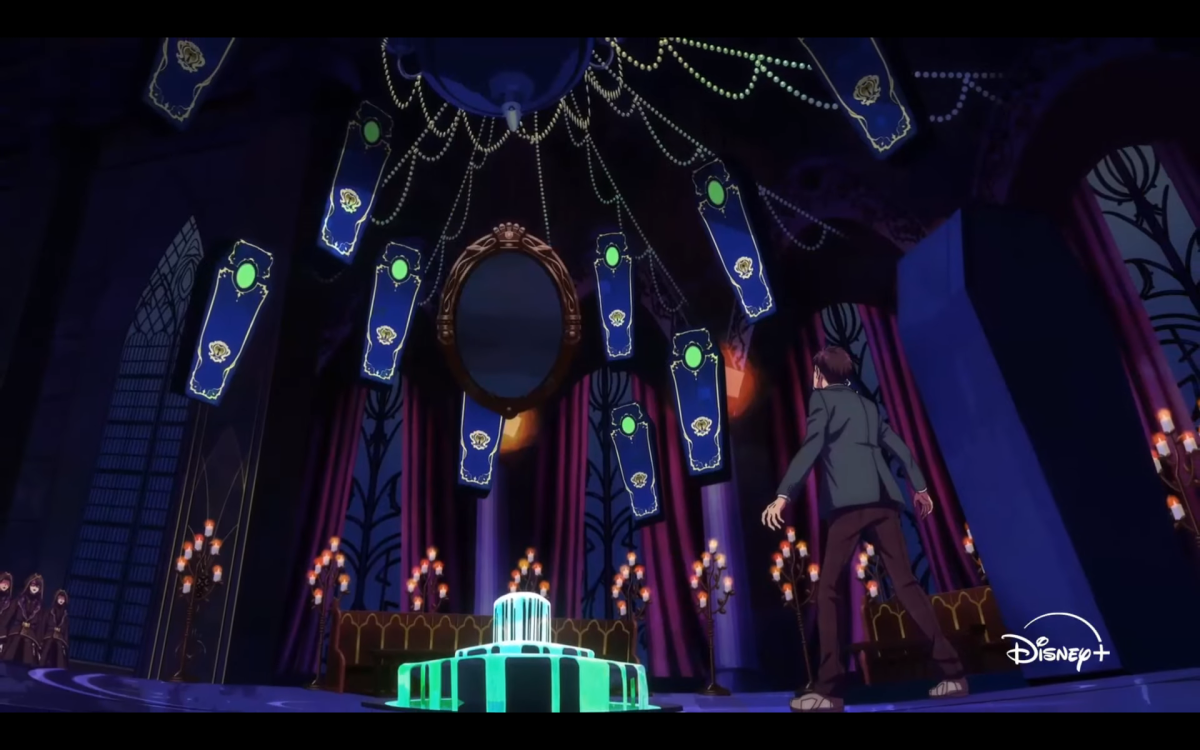

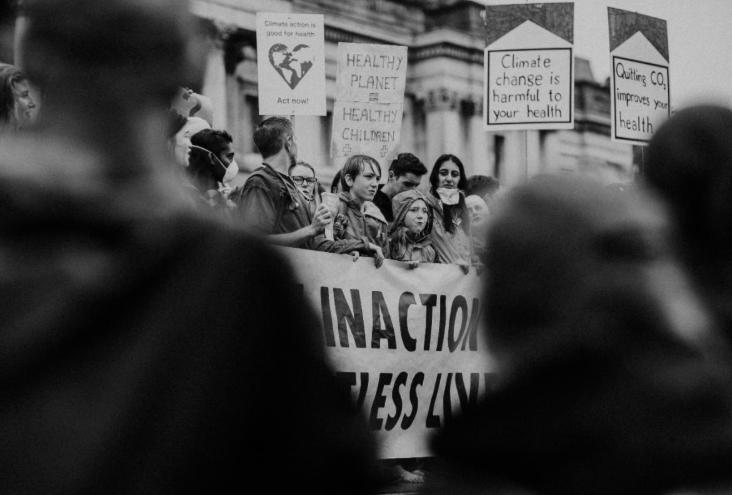

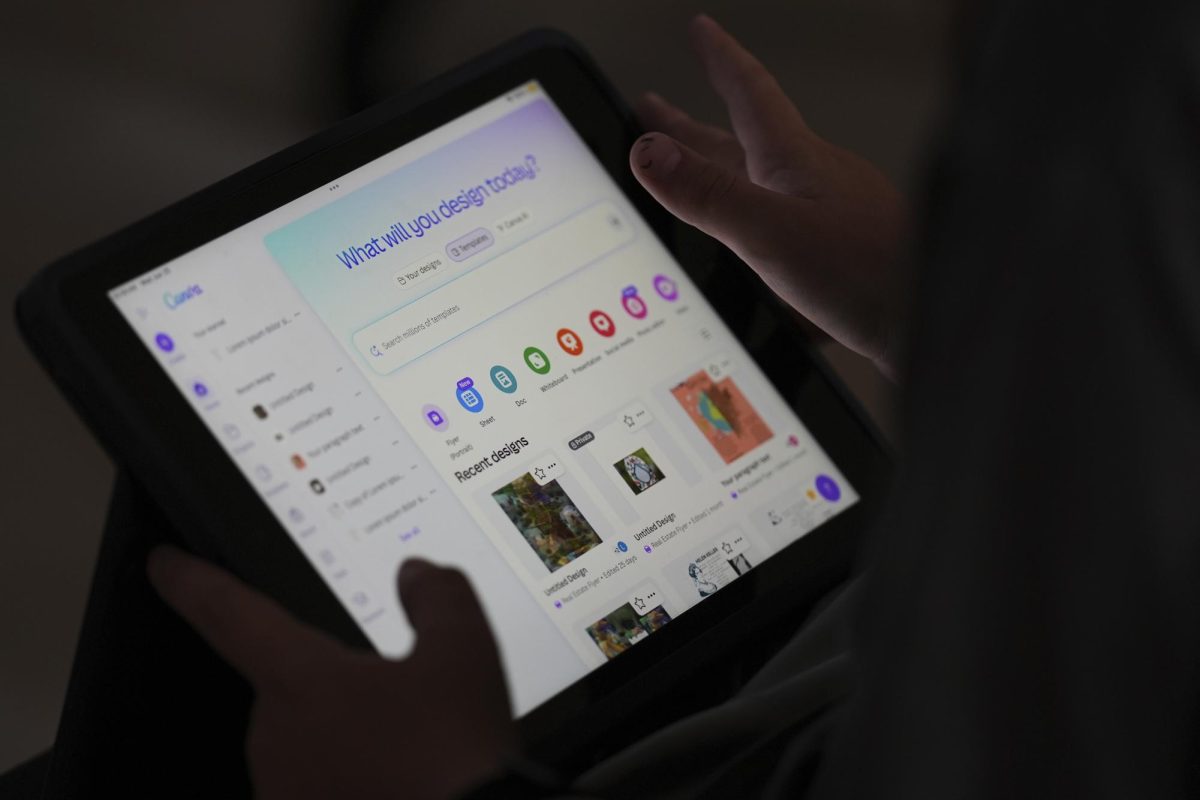


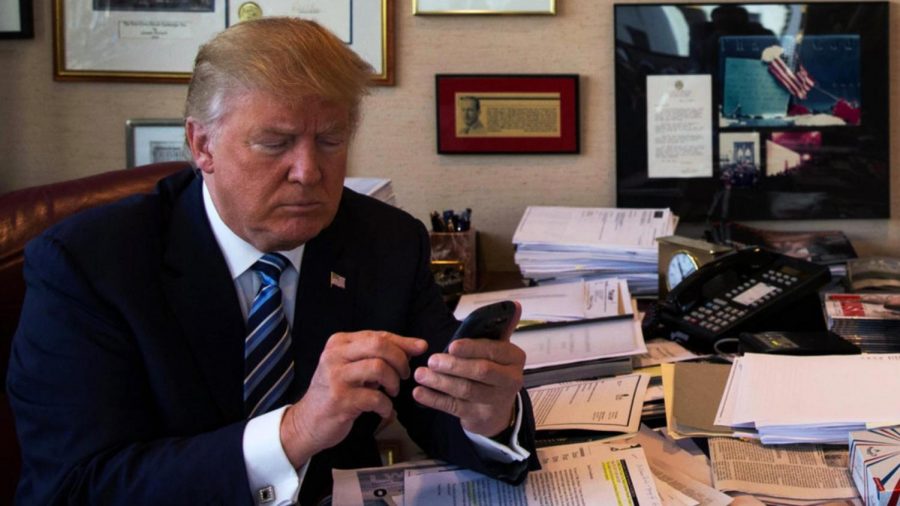
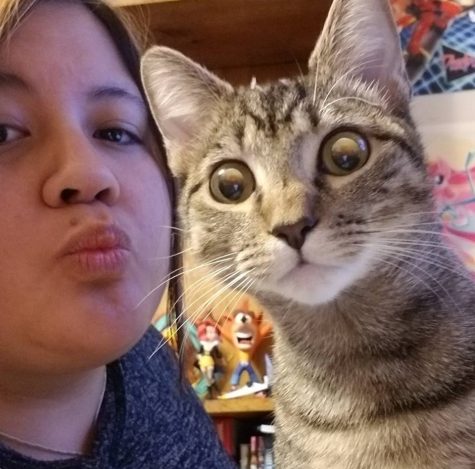

Juan Lopez • Nov 12, 2018 at 12:10 pm
This is just my opinion. Donald Trump doesn’t like question that would make seem racist. For example the questions Jim Acosta was trying to ask him. The caravan is 100s of miles away but he has photos of immigrants climbing the border, that might not be associated with the caravan and calls it an invasion ( when they might not make it to the border to begin with). Also news is very subjctive sometimes.